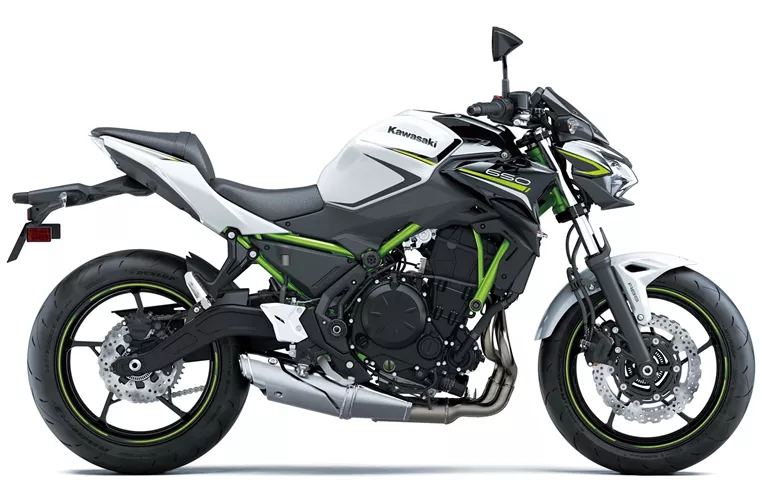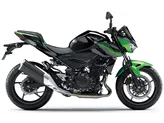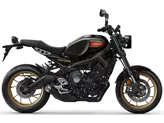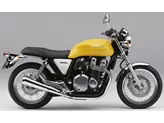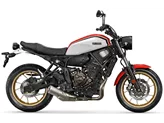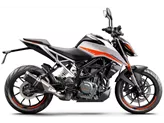Yamaha XSR900 2018 vs. Kawasaki Z650 2020

Yamaha XSR900 2018
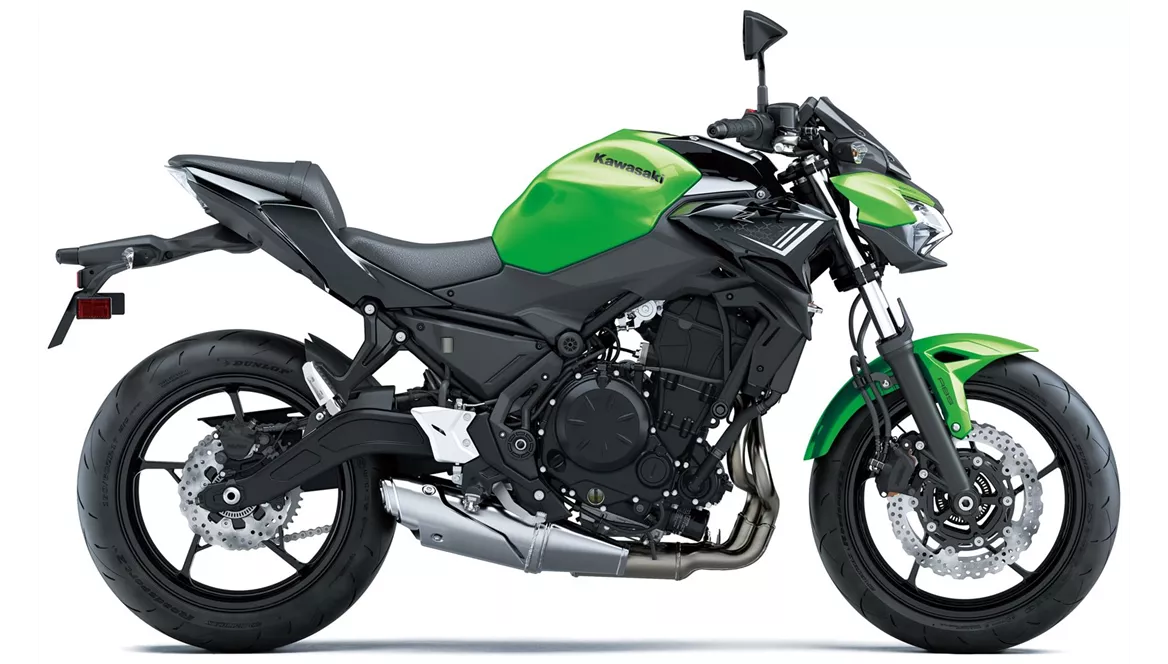
Kawasaki Z650 2020
Overview - Yamaha XSR900 2018 vs Kawasaki Z650 2020
When comparing the Yamaha XSR900 2018 and the Kawasaki Z650 2020, it is important to consider their technical specifications and strengths and weaknesses.
In terms of engine and drive train, both bikes have in-line engines with liquid cooling. However, the XSR900 has a more powerful engine with 115 HP compared to the Z650's 68.2 HP. The XSR900 also has more torque at 87.5 Nm compared to the Z650's 65.7 Nm. The XSR900 has three cylinders while the Z650 has two. Both bikes have a swing arm suspension with a monoshock rear shock absorber.

Yamaha XSR900 2018
In terms of chassis, the XSR900 has an aluminum frame with a twin tube design, while the Z650 has a steel frame with a tubular design. Both bikes have double disk front brakes, but the Z650 has a slightly larger diameter at 300 mm compared to the XSR900's 298 mm. Both bikes also have ABS as an advanced rider assistance system.
In terms of dimensions and weights, the XSR900 has a slightly wider front tire at 120 mm compared to the Z650's 120 mm. Both bikes have the same front and rear tire diameter of 17 inches. The Z650 has a slightly narrower rear tire at 160 mm compared to the XSR900's 180 mm. The XSR900 has a longer wheelbase at 1440 mm compared to the Z650's 1410 mm. The XSR900 also has a higher seat height at 815 mm compared to the Z650's 790 mm. The XSR900 is slightly heavier with a kerb weight of 188 kg compared to the Z650's 185 kg. However, with ABS, the XSR900's kerb weight increases to 191 kg, while the Z650's increases to 187.1 kg. The Z650 has a larger fuel tank capacity at 15 liters compared to the XSR900's 14 liters.
In terms of strengths, the XSR900 has an extremely sporty and rev-happy engine, excellent brakes, and a pleasant seating position. It also offers a high-quality workmanship and a good price-performance ratio. On the other hand, the Z650 has a powerful two-cylinder engine with an aggressive intake noise. It also has compact dimensions, a low seat height, and a stable chassis. The Z650 features a TFT display with connectivity and a more grown-up look.
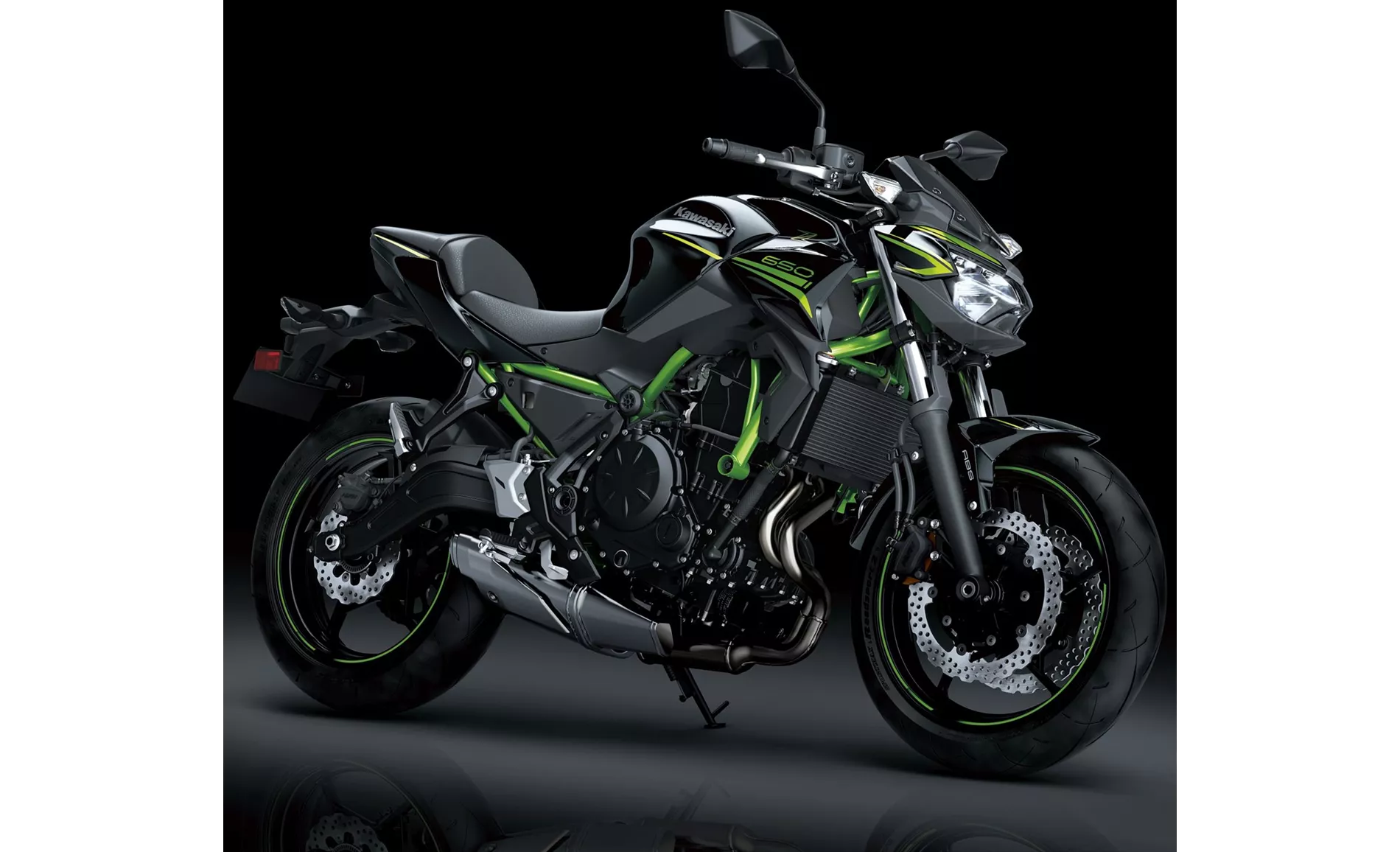
Kawasaki Z650 2020
In terms of weaknesses, the XSR900 has an almost too direct response and its retro style is not thought through to the last detail. On the other hand, the Z650 has a front brake pressure point issue and may be uncomfortable for tall riders. The Rideology App, a rider assistance system, is also not 100% sophisticated.
Overall, the Yamaha XSR900 2018 and the Kawasaki Z650 2020 have their own strengths and weaknesses. The XSR900 offers a more powerful engine and a higher seat height, while the Z650 has a more compact design and a larger fuel tank capacity. Ultimately, the choice between the two will depend on individual preferences and priorities.
Technical Specifications Yamaha XSR900 2018 compared to Kawasaki Z650 2020
Pros and Cons in comparison
Pros and Cons in comparison
Yamaha XSR900 2018

The Yamaha XSR900 is a classic optical illusion - with its round headlight, angular tank and attached tail light, it clearly passes for a retro bike. But it's no coincidence that the performance is reminiscent of the potent mid-range naked bike Yamaha MT-09, which is the extremely sporty basis for the XSR900. So the engine is a blast and the brakes are appropriately venomous. Fortunately, the engineers didn't overdo it with the chassis, the XSR900 offers sufficient comfort and the upright riding position is more comfortable than the powerful engine would lead one to expect. All in all, the XSR900 is one of the sportiest models among the retro bikes.
Kawasaki Z650 2020
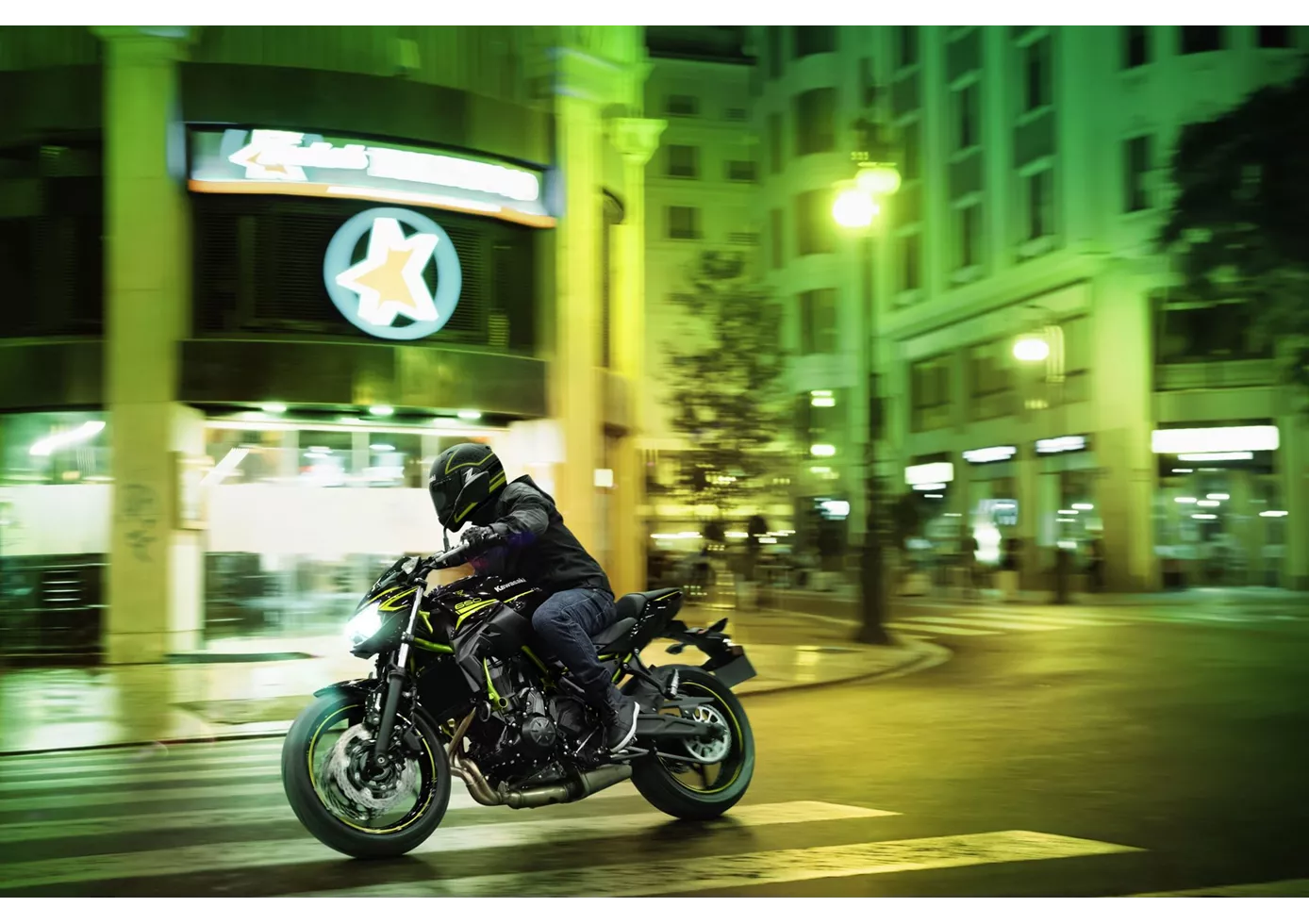
It's simply marvellous what Kawasaki has put together in a complete package with the new Z650. The technical components may not knock your socks off individually, but in combination they make for a pleasantly neutral motorbike that everyone will enjoy. No bitchy idiosyncrasies - simply a naked bike that works really well on winding country roads. Of course, the TFT display, which we don't find in the competition at the moment, is a plus, as is the grown-up look, which is strongly oriented towards the larger Z models. Only the pressure point of the front brake could have been more clearly defined - but you can't have everything in this price range.
Price Comparison Avarage Market Price Yamaha XSR900 vs Kawasaki Z650
There are a few key differences between a Yamaha XSR900 2018 and a Kawasaki Z650 2020. In terms of price, the actual average price of a Yamaha XSR900 2018 is about 19% higher. A Yamaha XSR900 2018 experiences a loss of 180 GBP in one year of ownership. This is offset by a loss of 30 GBP for a Kawasaki Z650 2020. Compared to Kawasaki Z650 2020 there are less Yamaha XSR900 2018 bikes available on the 1000PS.de Marketplace, specifically 4 compared to 21. It takes less time to sell a Kawasaki Z650 with 80 days compared to 123 days for the Yamaha XSR900. Since model year 2016 1000PS.de editors have written 30 reviews for the Yamaha XSR900 and 31 reviews for the Kawasaki Z650 since model year 2017. The first review for the Yamaha XSR900 was published on 25/11/2015 and now has more than 17,600 views. This compares to more than 25,000 views for the first review on Kawasaki Z650 published on 08/11/2016.

